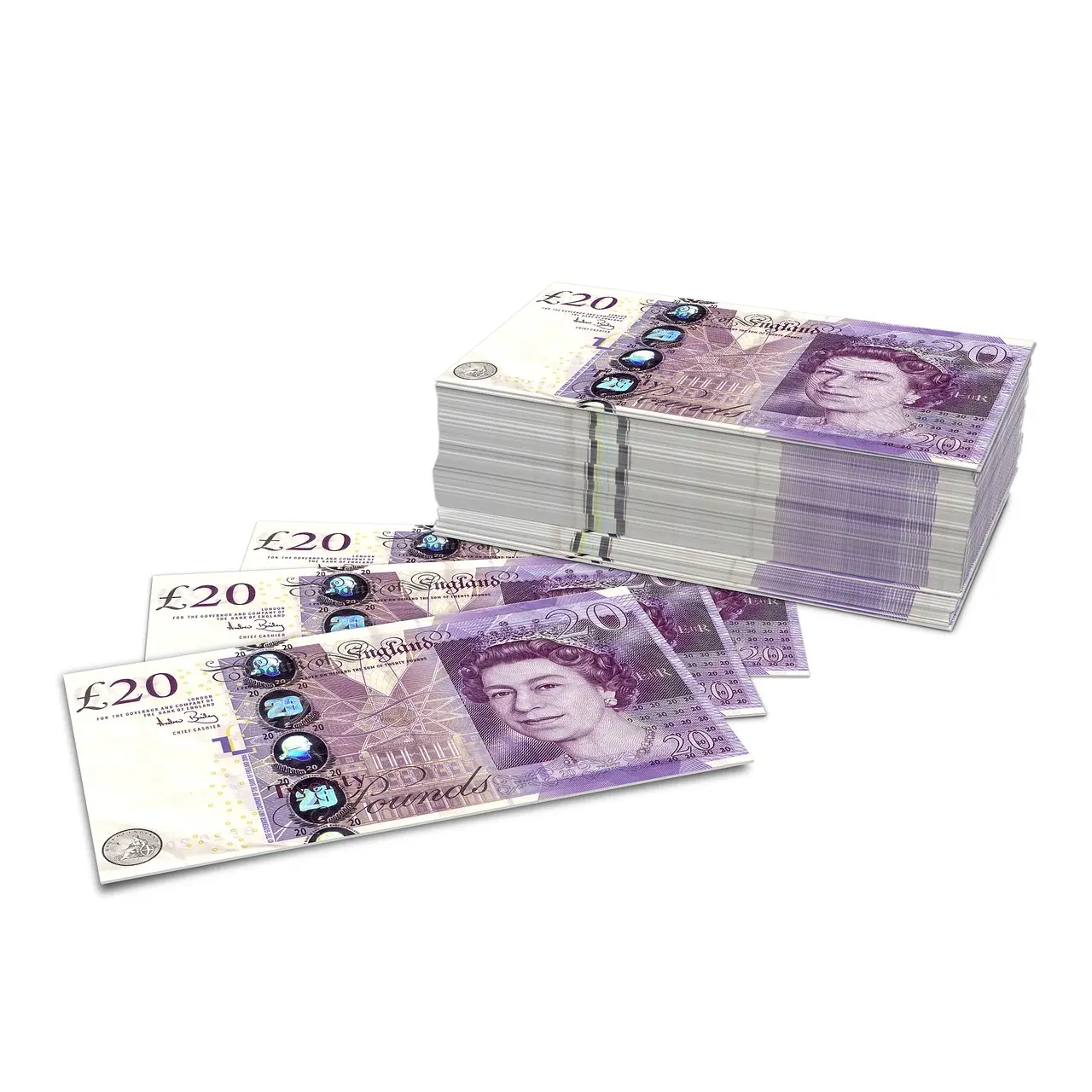Store credit cards are getting popular. People use them to get the most rewards and perks from their favorite shops. These special cards give you deals and cashback regular cards don’t. You get loyalty benefits too. If you shop a lot at certain stores or want to spend smarter, knowing how store cards work can help you save more and be more flexible with your money.
Table of Content
- How brand source credit cards boost shopping rewards
- Comparing top retail credit card annual fees
- Brand credit card exclusive member events access
- Managing multiple store credit cards effectively
- Brand credit cards versus general rewards cards
- Improving credit scores with brand source cards
- Retail credit card promotional financing offers
- Maximizing brand card seasonal bonus categories
- Brand credit card extended warranty benefits
- Luxury retailer credit card concierge services
- Brand credit card application approval requirements
- Retail credit card fraud protection policies
- Strategies for canceling retail credit cards wisely

Seeking credit card recommendation
-
- Hello!
- I’m seeking recommendations for our basically first credit card.
- As listed in the questionnaire below – I’ve only really been using my Barclay credit card for shopping at that brand, not for anything else.
- Many of our friends recommended Chase for travel rewards, but I want to explore other options that would be better suited for our situation.
- Thank you!
- CREDIT PROFILE* \* Current credit cards you are the primary account holder of: Barclay Banana Republic, $3000 limit, \~2020* \* FICO Scores with source: Transunion 786 * \* Oldest credit card account age with you as primary name on the account: *\~ 5 years** \* Number of personal credit cards approved for in the past 6 months: 0* \* Number of personal credit cards approved for in the past 12 months: 0* \* Number of personal credit cards approved for in the past 24 months: 0* \* Annual income \~$130,000 (household income \~$250,000)CATEGORIES* \* OK with category-specific cards?
- : No *(*prefer to have one card, but open to possibly having 2 if that makes more sense for our spending)* \* OK with rotating category cards?
- : No* \* Estimate average monthly spend in the categories below.
- Only include what you can pay by credit card.
- * \* Dining $: $150 * \* Groceries $: Costco $400, Others (Trader Joes, Safeway, etc) $150 * \* Gas $: Costco $420 * \* Travel $: Hotel/airbnb $200, flight $170 * \* Do you plan on using this card abroad for a significant length of time (study abroad, digital nomad, expat, extended travel)?
- : No * \* Any other categories (examples: phone/internet, insurance) or stores (example: Amazon) with significant, regular credit card spend (the more you specify, the better): Amazon $100, internet $50, phone $150, insurance $300 * \* Any other significant, regular credit card spend you didn’t include above?
- : No * \* Can you pay rent by credit card?
- If yes, list rent amount and if there’s a fee for paying by credit card: NoMEMBERSHIPS & SUBSCRIPTIONS* \* Current member of Amazon Prime?
- : Yes* \* Current member of Costco or Sam’s Club?
- Yes, Costco* \* Current member of Chase, US Bank or any other big bank?
- : Bank of America (not used much)PURPOSE* \* What’s the purpose of your next card (choose ONE)?
- : first credit card (of course interested in maximizing rewards) * \* If you answered
IndusInd Tiger Credit Card Application
-
- Hello, I wanted to apply for Tiger CC.
- I tried applying through https://induseasycredit.
- indusind.
- but I do not see the Tiger CC from the list of credit cards I’m eligible.
- Tried from Bajaj Capital site, it is re-directed to fhe above link.
- Customer care told it is a co-branded card so apply from their website.
- How to apply for this CC?
Neo Financial cash back credit card
-
ARAR1: Whenever some one says “up to” without details, I move on because there is some stupid catch that is not in your favour
-
Resident-Variation21: Neo is ***the*** worst financial institution in Canada. They could offer 5% cash back on everything, I still probably wouldn’t use them. They scam people, they refuse to help when you need, they’re just horrendous.
-
Embarrassed_Ear2390: I currently have their word elite card. I made 60 bucks in cash back in a month and I’ll likely break even this month. I don’t bank with them for my day to day. No complaints so far.
-
islandpainter: Just a heads up that the Neo credit card changed the rewards to Costco from 5% to 1% which to me makes the card significantly lesser value. I’ll be cancelling next payment.
How brand source credit cards boost shopping rewards
Store cards are made to give regular customers extra goodies at their favorite shops.
Take big department stores – their cards might give you 5% back, while regular cards only give 1-2%. Sarah Johnson shops at Nordstrom a lot. She says: My Nordstrom card lets me shop sales early, get free alterations, and the points pay for my holiday gifts.
Many cards have reward levels – spend more, get more perks. The trick is picking cards for stores you already shop at most. Money experts say check where you spend most before getting a store card. They usually have higher interest rates than regular cards. A 2023 study shows if you’re loyal to certain brands and use store cards right, you can get 15-20% more value than regular rewards cards.

Comparing top retail credit card annual fees
Lots of store cards don’t charge yearly fees, but the fancy ones can cost $50-$300 for extra perks.
Take the Amazon Prime Visa – no yearly fee, but you need Prime ($139 a year) to get all the benefits. Neiman Marcus has a free card and a $250 version that comes with your own shopper.
Michael Chen, who loves fancy stuff, says Saks $50 card fee is worth it – you get two $25 rewards every six months. We looked at 22 store cards – most free ones give 3-4% back, while paid ones give 5-8%. Think about how much you spend yearly – paid cards usually make sense if you spend $2,500-$3,000 or more at that store.

Brand credit card exclusive member events access
Store cards don’t just save you money – they get you into special events too.
Target cardholders shop Black Friday early. Macy’s cardholders get invites to shopping parties with snacks and extra deals. Beauty blogger Tina Ramirez says: My Ulta card got me into a VIP product launch with $100 in free stuff.
These special experiences make people feel closer to brands, so they keep coming back. Fancy stores really use this well – Bergdorf Goodman cardholders get their own stylists and invites to VIP events. A 2023 study found 42% of people with fancy cards keep them mainly for the exclusive access – that’s more important than rewards for these shoppers.

Managing multiple store credit cards effectively
If you’ve got multiple store cards, you need to stay organized to get the most perks without messing up your credit. Money expert David Park says: Stick to 2-3 store cards for shops you use most, and set up auto-pay to skip interest.
Apps like Mint or YNAB can help track payment dates and rewards across cards. Lisa Wong has seven store cards but uses them smartly: I only keep cards in each store’s app wallet and use them during bonus times. Credit agencies say too many store cards (more than 5) might drop your score a bit (10-20 points) because it looks risky, but it’s not bad if you pay on time.

Brand credit cards versus general rewards cards
Picking between store cards and regular rewards cards comes down to how you spend.
Chase Sapphire gives double points for eating out and trips, but Starbucks card gives triple points at cafes and free refills. Contractor Ray Navarro says: I use my Amex Gold for 80% of spending on food and groceries, but my Home Depot card saves me $300 a year on projects.
A mix works best – use store cards where they’re strongest and regular cards for other stuff. A 2023 report found people using both card types get 27% more rewards overall. Remember store cards often have smaller limits and less protection than big bank cards.

Improving credit scores with brand source cards
Used right, store cards can help build your credit.
They’re easier to get when you’re starting out with credit. College kid Jamal Williams says: I could only get a Kohl’s card at first, but paying on time for six months boosted my score 58 points.
The big things: don’t use more than 30% of your limit (10% is better), and always pay on time. Stores like Fingerhut push cards to fix bad credit, but they usually cost more. Data shows people’s scores go up 40-60 points in a year after getting their first store card, if they use it right.

Retail credit card promotional financing offers
Lots of store cards offer deals like no interest if you pay it all in a year.
These are great for big buys, but you’ve got to be careful. Furniture buyer Maria Gomez warns: I didn’t realize my $2,000 sofa purchase would accrue back interest at 29.
99% if not paid completely by the deadline – that cost me $400. You have to make minimum payments, but that’s not enough to avoid interest. Smart move: divide the total by one less month (so $182/month for a $2,000 couch on a 12-month deal). About one-third of people don’t finish these deals right and end up paying lots of interest.

Maximizing brand card seasonal bonus categories
Store cards often change their bonus rewards with the seasons.
Lowe’s might give 5% back on lawn gear in spring, while Old Navy doubles points on school clothes. Smart shopper Denise Cole says: I mark all my cards bonus times and plan big buys around them.
Some stores time these with sales – like Sephora giving extra points during Beauty Insider events. Following these patterns can get you 20-30% more rewards each year. Apps like CardPointers can help track which cards have which bonuses when. Department stores are great at this – Macy’s shoppers can double up points during Friends